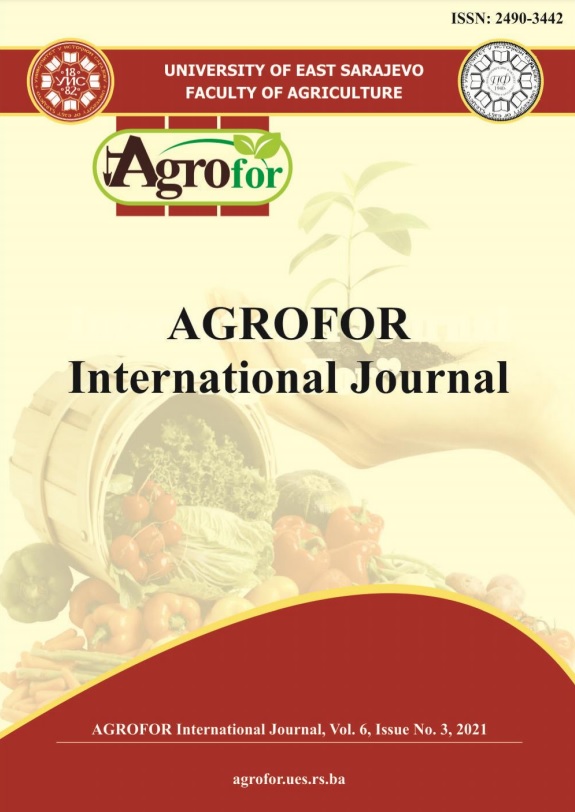ACCESS TO PUBLIC HEALTH SERVICES FOR DIFFERENT GROUPS OF RURAL POPULATION IN RUSSIA
DOI:
https://doi.org/10.7251/AGRENG2103117BAbstract
During the COVID-19 pandemic, the problems of accessibility of primary health care and quality health services for rural residents are exacerbated. The purpose of the article is to conduct comparative studies of the access to public health services
of rural medical posts (RMPs), polyclinics, specialized medical facilities for different groups of the rural population of Russia. The results of the studies showed that the majority of rural residents living in small remote settlements request medical assistance at the RMPs. Among those who requested medical assistance, 70.7% were over 45 years old, and 43.9% were pensioners. Most of them have low requirements for medical assistance. They are primarily interested in the services provided for free. Younger rural residents (35.2% under the age of 45 years) request medical assistance at polyclinics, 47.8% of them are self-employed, and about 71.1% are low-income groups. The main reasons for applying for paid medical care, they call the lack of specialists in public institutions. Visitors to specialized centers have the highest requirements for the quality of medical services received. The maximum share belongs to young people (24.4% of people aged 16-30 and 20.3% aged 31-45), about 60.5% have jobs, 40.6% have incomes higher than the subsistence level. They are more likely than others to seek paid medical services. The main reason for choosing commercial institutions is the belief that paid medical services are of better quality. The construction of multidimensional distributions was performed using the statistical processing package STATISTICA Advanced for Windows 10.0.
Keywords: public health services, access, rural population, rural development, Russia.

